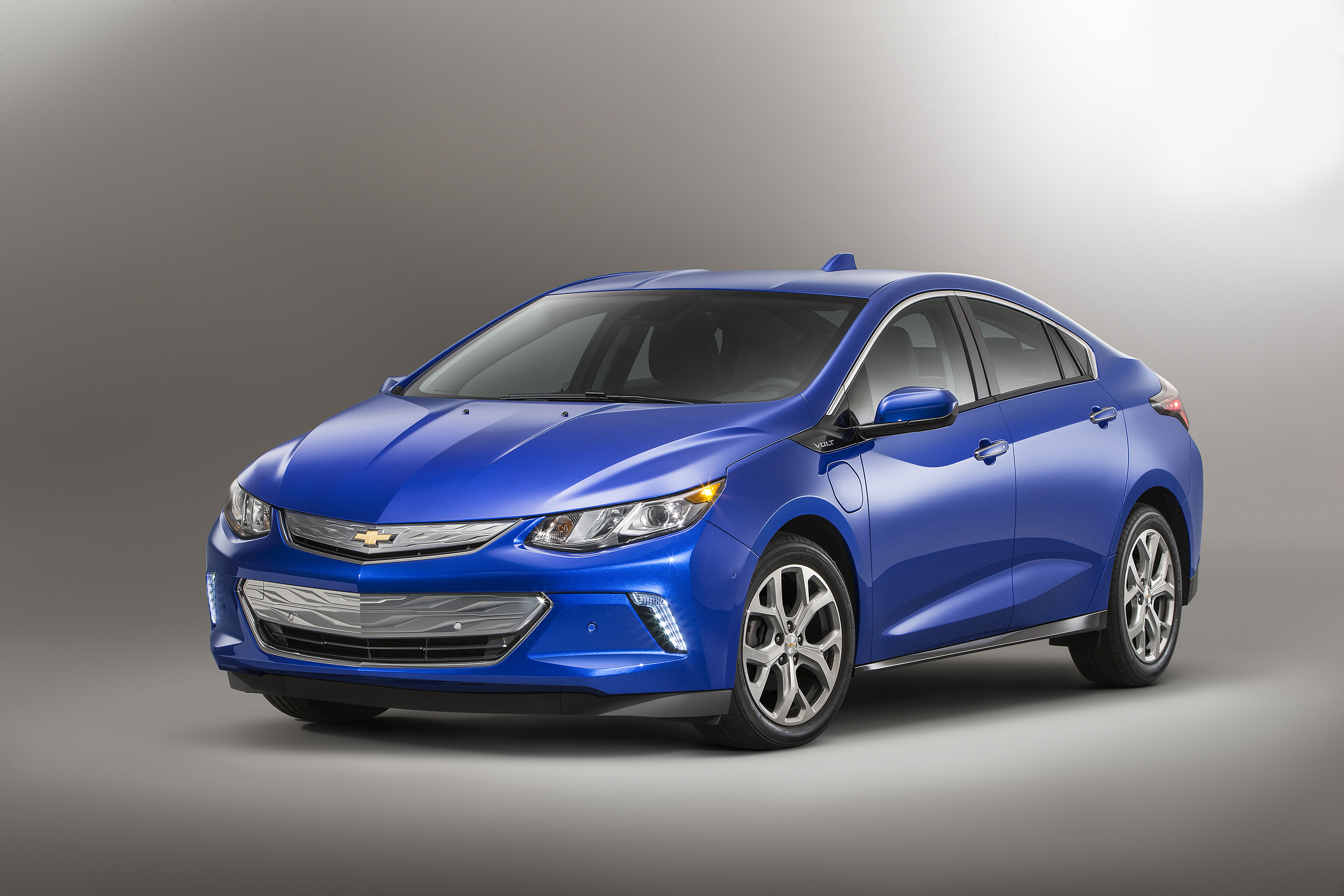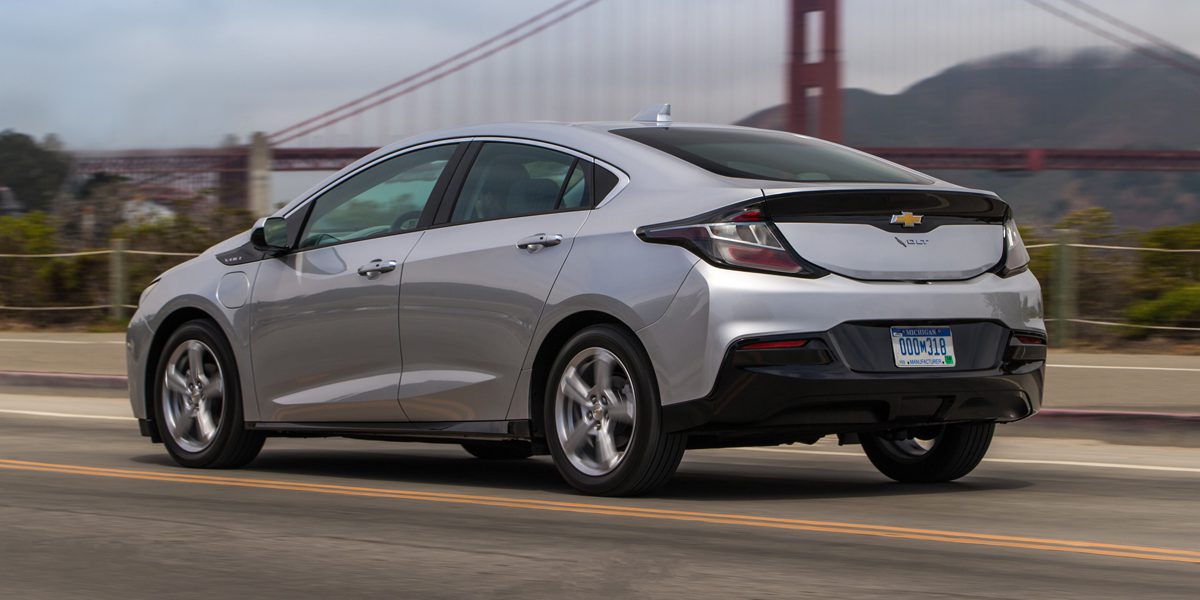

- #CHEVY VOLT RANGE PER CHARGE DRIVERS#
- #CHEVY VOLT RANGE PER CHARGE MANUAL#
- #CHEVY VOLT RANGE PER CHARGE FULL#
The Bolt manual suggests leaving the car plugged in (with reduced max charge, of course) when it is very cold or very hot, so that the thermal management system does not deplete the battery. You can see that while range estimates decline in the heat, too, they are far more sensitive to cold. The chart below shows the on-board range estimate as a function of daytime temperature, aggregated over 1200+ Chevy Bolts.
#CHEVY VOLT RANGE PER CHARGE DRIVERS#
We have reports from Alaska that the Bolt can lose half its range at -40 F, but thankfully most drivers won’t see those temperatures. Luckily, the 250-mile rated range means that even diminished actual range should be okay for most daily driving. Recurrent is also closely following the Bolt recall here.īolt owners note that the on-board range estimates are highly sensitive to external temperatures, and available range can drop significantly in even mild conditions. The Bolt does not come with many bells or whistles, but it is a wildly popular in the EV community. The Chevy Bolt was an early pioneer, offering an impressive range on a modestly sized battery. Model or Trim: 60 kWh Battery Observed Range at 20-30F: 66% of Original EPA Range Observed Range at 70F: 98% of Original EPA Range Both of those help to preserve range in cold temperature. But keep in mind that many i3 models include a heat pump in the US and some feature a gasoline range extender (called REx). This little BMW clearly experiences some winter range loss in cold temperatures. On top of that, it does not have range parity with other EV leaders, like the 250-mile Chevy Bolt, so each mile of range loss would be noticed. The BMW i3 does not sound like the ideal winter weather car since it is a small, rear-wheel drive hatchback. Model or Trim: 42 kWh Battery Observed Range at 20-30F: 74% of Original EPA Range Observed Range at 70F: 98% of Original EPA Range The preconditioning feature is also standard, but owners warn that to heat the battery using wall power, rather than battery power, it must be set up using the MyAudi app rather than in the car directly. Starting in 2021, the winter package was discontinued, but heated seats, four-zone climate control, and heated steering wheels are now all standard. Prior to 2021, the e-tron came with an optional cold weather package with adaptive windshield wipers, heated washer jets, rear heated seats, and a preconditioning heater for the high-voltage battery.

This chart includes all model years, although there are some differences. If you have questions about our approach or would like to be included in upcoming EV studies, more information is available on our Enhanced Analytics page. At the end of this article, I also share some of the lessons we have learned on combating winter range loss for our fellow EV drivers.

Instead of dozens of vehicles, we are analyzing thousands, and recording their performance in real world driving conditions. This research project includes a much larger data set. Several organizations have studied these effects, including AAA, but they are often completed in laboratory settings or with only several vehicles. Cabin heaters generally draw from the high voltage battery, reducing how much battery is left for driving. In the cold, available engine heat is routed to warm the battery itself, meaning that cabin heating requires a power source. On the other hand, an EV has a much more efficient engine which does not generate as much heat. In cold weather, however, ICE cars redirect this waste heat from the engine to warm the cabin. All of the energy that ICE cars don’t use to propel them forward is turned into “waste heat,” which is typically just lost energy. The internal combustion engines (ICE) that power traditional cars are surprisingly inefficient.
#CHEVY VOLT RANGE PER CHARGE FULL#
As the ice melts and the temperatures rise, your vehicle’s expected range at full charge should return to normal. The good news is that this range loss is temporary and there is no long term detriment to your battery. For EV owners in colder winter climates, like northern portions of the United States, daily driving and charging behaviors must be adjusted in these months. All electric cars experience some degree of range loss in cold weather.


 0 kommentar(er)
0 kommentar(er)
